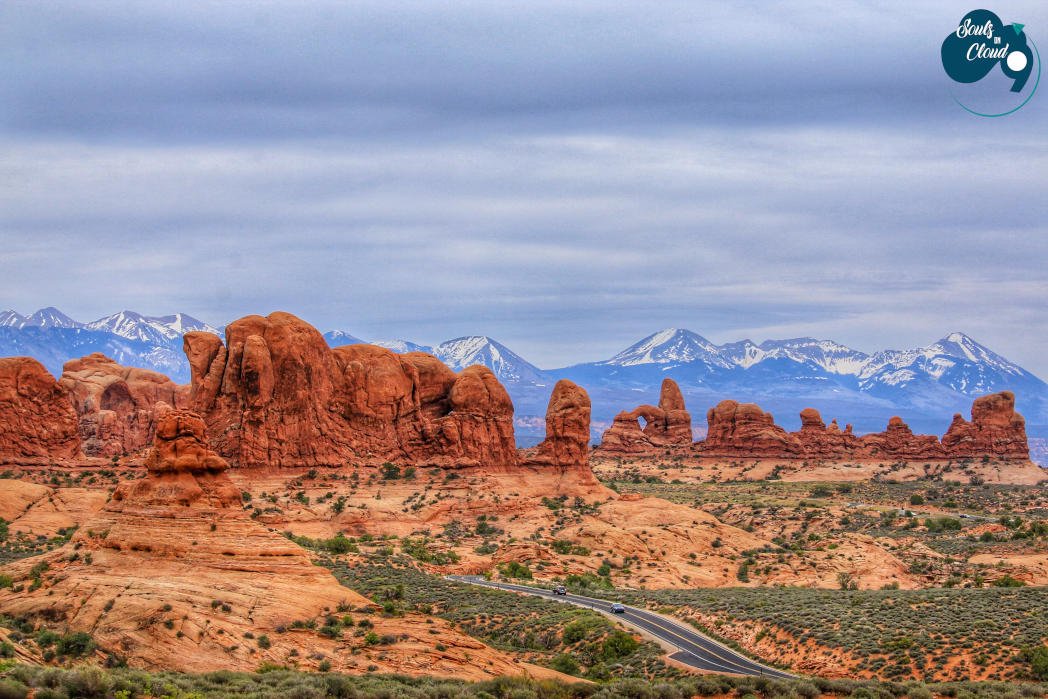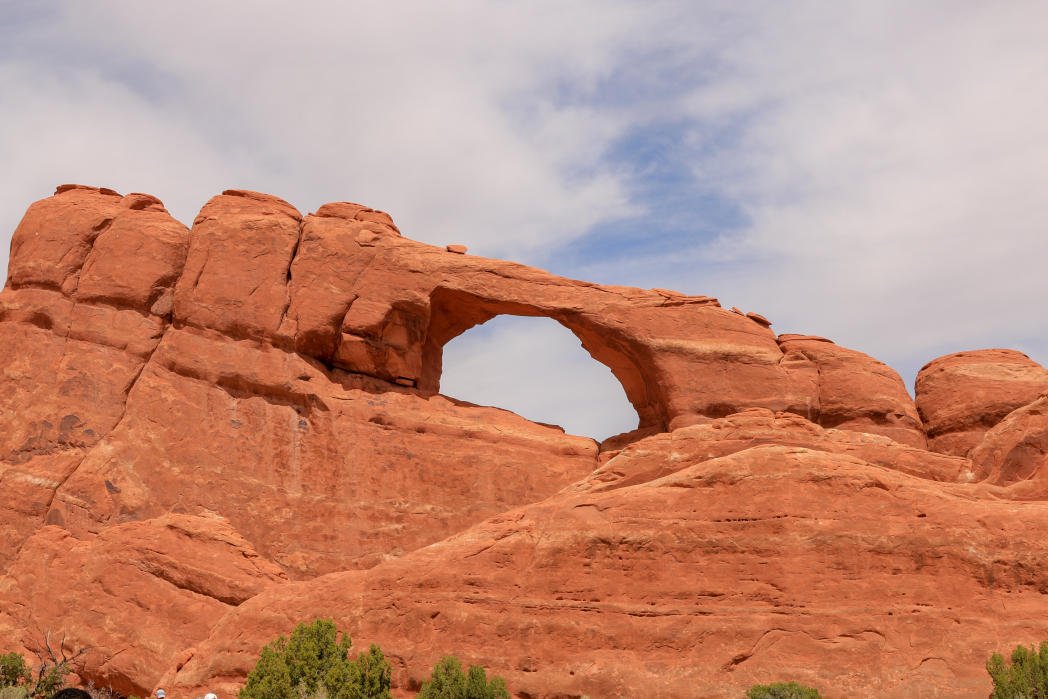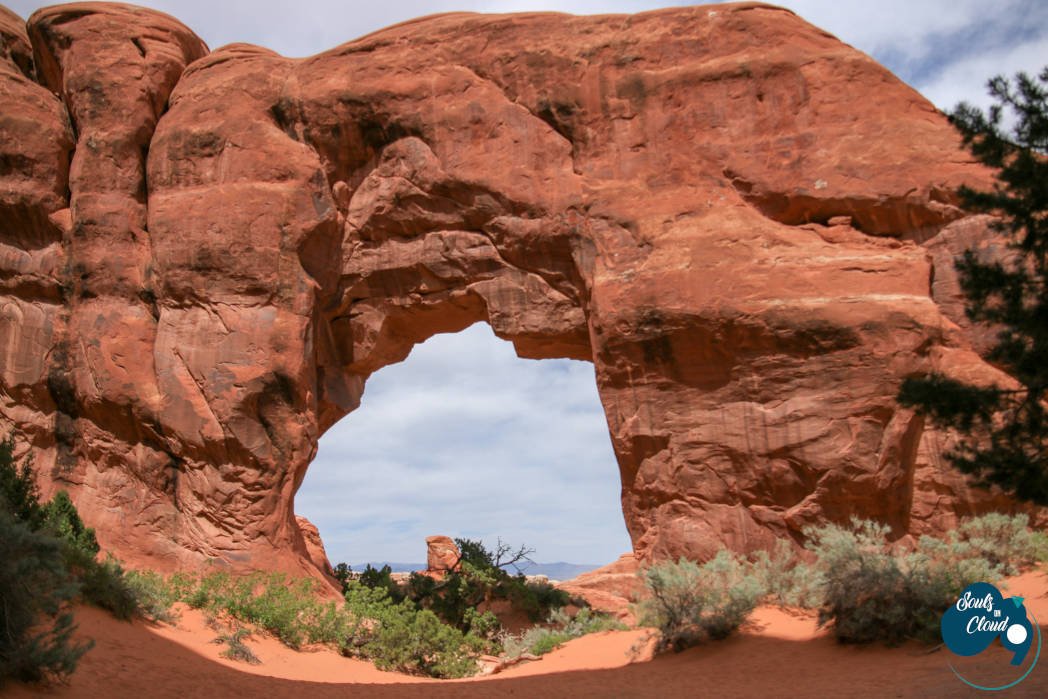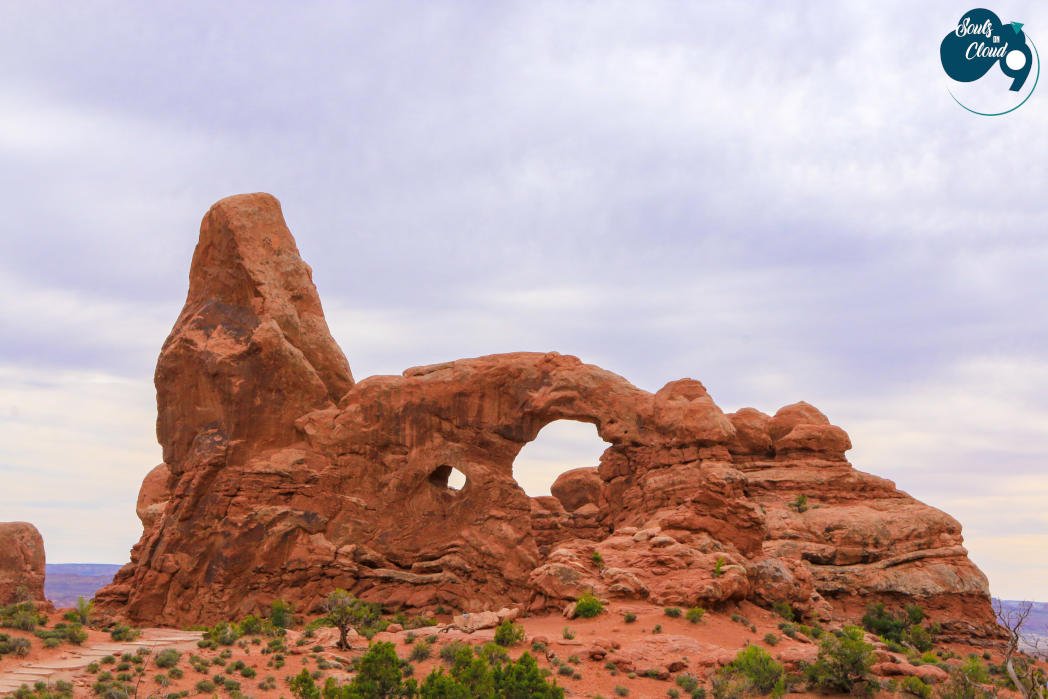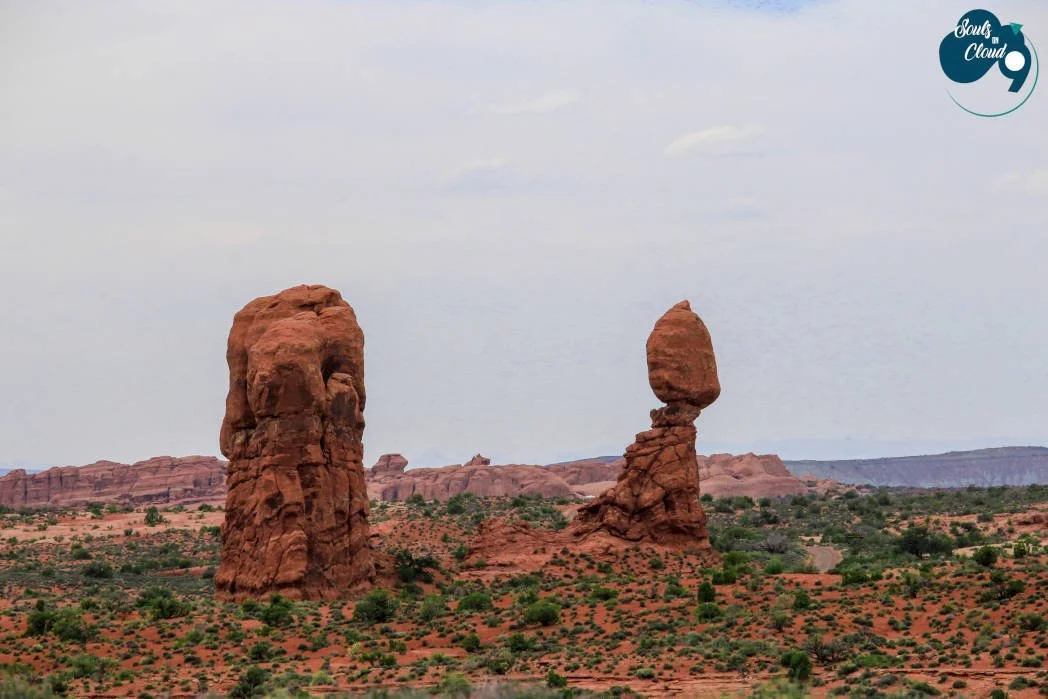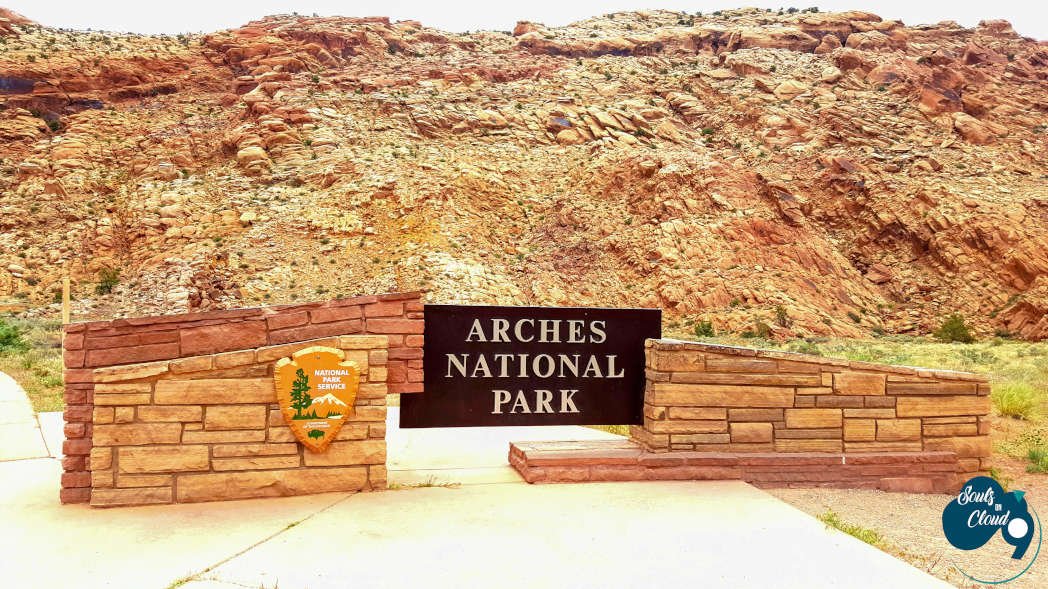A Complete Guide To Explore Arches National Park
he state of Utah is home to five national parks and some amazing national monuments. But Arches National park is probably one of the few parks, where one will see Mother nature’s patient handiwork in progress.
While people flock to the park to capture the arches but one will witness the towering spires, pinnacles, and balanced rocks adding their charm to the landscape. For a lot of visitors, the park offers inspiration with its surreal surroundings.
Our Top Picks
Did You Know?
Arches National Park consists of more than 2000 natural sandstone arches, colored in striking shades of red, orange and pink.
These fragile features began forming more than 300 million years ago and new rock shapes are still forming as you are reading the blog!
Ready to plan your trip - Check out these details!
The best way to enjoy your time at Arches National park is to start your day early. Since most of the arches in the park involve a short walk on the trail. In addition, the weather might get warmer in the later part of the day, so plan accordingly. The park consists of the main Arches scenic drive which is ~ 18 miles paved road.
The two most popular and adventurous hiking trails in Arches National park are Delicate Arch and Fiery Furnace. Therefore, both of them are highly recommended activities in the Park. For Hiking in the Fiery Furnace, you need to either reserve a spot for the ranger-guided hike or obtain a permit from the visitor center. Check our Tips and Resources section for details.
Delicate Arch
The first stop for our adventure was to hike the Delicate Arch trail to get up close and personal to the base of the Arch. Delicate Arch is not only the symbol of Utah that you can see on numerous license plate but a spectacular example of nature’s marvels.
If you don’t plan to hike the Delicate Arch trail, there are viewpoints located 1 mile further east on Delicate Arch Road. The arch is off in the distance from the viewpoints and you would definitely need binoculars to see them. Moreover, the beauty and the rocky delicateness of the arch can be best experienced only if you embark on the hike. For more details on the trail check out our blog post – Delicate Arch Trail – Arches National Park.
Sand Dune Arch and Broken Arch
Continuing north on the scenic drive, we saw the Sand Dune Arch and Broken Arch by hiking ~ 2.6 miles from the Sand Dune Arch Parking Area. To view the Sand Dune Arch, you need to hike in deep sand for 0.3 miles. The arch is located among fins of rock.
Broken Arch even though not broken literally, appears broken as there is thin crack along the pillars of the arch. Both Sand Dune and Broken Arch are standing tall and unique in every way.
Skyline Arch
Skyline Arch reminds one of a city’s skyline since it is pretty wide and nested at an altitude. Even though arches are said to form slowly and gradually, sometimes dramatic changes do occur. A huge boulder fell suddenly in 1940, thereby doubling the size of the opening of this arch. The debris of the fallen boulder can still be seen below the arch. The arch currently is 71 feet wide and 33.5 feet high.
Majestic Landscape Arch standing by a thread
Devils Garden
Devils Garden is one of the popular areas of the park. In addition, also home to some of the strenuous hikes in the park. Along with arches, the area consists of a large concentration of narrow rock walls called fins.
The longest arch in North America – Landscape arch with the light opening of 306 feet is situated in this area and a definite must do hike in the park. In 1991 a rock slab underside of landscape arch came crashing down, widening the opening. Most of the arches in the park have fallen down, but the landscape arch still hangs on by a very thin thread. Enroute the landscape arch hike (~2 mile round trip), do stop by at Tunnel Arch and Pine Tree Arch
Tunnel Arch
Pine Tree Arch
Windows Section
Driving south from Devils garden, we stopped at the next most popular section of the Park – The Windows Section. You will experience some thrilling beauty in this section of the park, which by many is considered as the beating heart of the park. In just 2 square miles of area, we saw a large concentration of arches like North Window, South Window, Double Arch, Turret Arch.
Inspirational views of the Double Arch
Double Arch gets is names due to the two arches which are sharing the same stone as a foundation for their legs. The arches are formed dues to water erosion in the downward direction rather than side to side. This arch definitely stands out among all the arches in the park.
Small yet intriguing Turret Arch
The Turret Arch is over 100 feet wide and also the smallest one in the Windows Section. The arch itself is relatively young. There is a second smaller arch appearing on the fin. The formation looks like a castle from a far distance.
Balanced Rock showing its balancing skills
Balanced Rock
After the Windows section, we took a short walk around the base of the most iconic feature in the park – Balanced Rock. The formation as the name reflects resembles a great balancing act! A rock boulder of Entrada Sandstone sits attached to the eroding Dewey bridge mudstone. Eventually, the rock might come tumbling as the erosion process continues to change the landscape in the park, but till then just enjoy the jaw-dropping giant.
Courthouse Towers
As the sun started to set, we were left with exploring the last section of the park – Courthouse Towers. Home to many picturesque and towering red sandstone structures. The arresting and scenic structures in this area include – Tower of Babel, Courthouse Towers Viewpoint, Three Gossips, Sheep Rock, The Organ.
Make a point to stop at the La Sai Mountains Viewpoint and Park Avenue Viewpoint. If you want to admire the courthouse towers more, Park Avenue Trail from the Park Avenue Viewpoint is highly recommended as it takes you through the canyons with some close-up view of the Courthouse Towers.
Arches National Park is so amazing and breathtaking, that we have no doubt, you will absolutely love your time at the Park. It is one of its kind and even though there is some walking involved to check out some of the arches, it is very suitable for all ages. Parking might be a bit difficult during peak hours. But those magnificent arches will surely put a big smile on your face.
Exploring and marveling at the arches provided us with a great spiritual experience. Above all, we can’t wait to go back to the park and relive those sparkling moments again!
-
Spring and Fall have temperate weather and is the best time to visit the Park.
-
Salt Lake City International (SLC) is the closest large commercial airport 237 miles to the north west of the Park.
Arches National Park is 28 miles south of I-70. Take exit 182 on I-70 for US-191 towards Moab.
-
Park gets crowded during the peak season, so please check Travel and Traffic tips before visiting the park.
All the arches are accessible via trail, so check the park's hiking guide to plan your trip.
Fiery Furnace Hike is strenuous as it involves hiking through some challenging and maze-like terrain. In other words, it is definitely a physically demanding hike. Planning for this hike in advance is recommended as the permits get sold out pretty quickly. Details for the hike can be found here.
For good photographs, avoid afternoon hours when harsh light drowns out the landscape.
Turret Arch, Double Arch, Landscape Arch, and Double O Arch are good spots for early morning photography.
Delicate Arch, Fiery Furnace, Skyline Arch, Balanced Rock, and Tower Arch are good spots for evening photography.
NPS website has suggested Trip Itineraries for your visit, please check them before you plan your visit.
Moab is the nearest town (28 miles) from the park with best lodging and food options.
